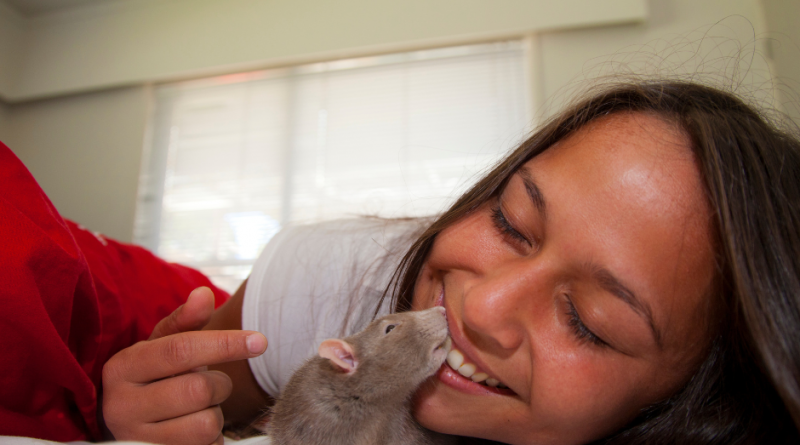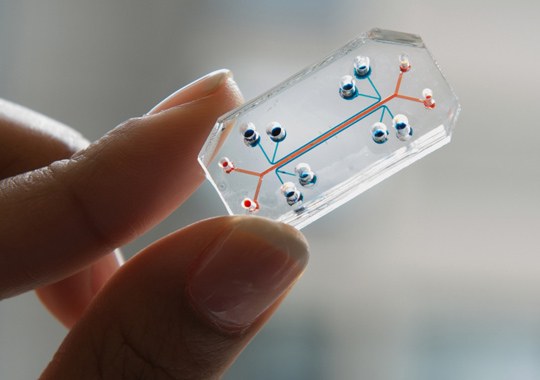Cancer Research Can Be Animal Free
Image from NZAVS
This month, an excellent animal advocacy group, NZAVS, has been focusing on how rats and mice are exploited for science in New Zealand. They recently sent out the post below about alternatives to animal models. We thought it was so good we wanted to share it too!
From NZAVS:
| This month we’ve been focusing on rats and mice and spreading awareness about how these animals are exploited for science in NZ! Recently we told you about the ongoing use of mice and rats in cancer research and how much of a failure this has been. If you missed that, you can find out more here. Before September hits and we shift focus to a different species that is commonly exploited for science, I want to tell you about something important, positive, and exciting – the many ways that cancer research can be animal free! |
| Developments in human medicine, science, and technology are all possible without the use of animals. Instead of using mice, rats or other animals, we can utilise research methods that focus on the human species. This doesn’t mean conducting harmful experiments on people (that’s unethical, and we’d never condone such a thing). It simply involves using research methods that are based on us… From cell-cultured cancer organoids and 3D-printing to the use of human cells, sophisticated computer models and epidemiology studies, many scientific methods can be used instead of cruel, outdated and unreliable animal experiments in cancer research! |
| Organ-on-a-chip – The innovative technology that we are most excited about! |
| These are essentially small devices/microchips that can mimic the complicated mechanical and biochemical functions of human organs. Cells can be examined in something simple like a petri dish, but these devices go a step further and actually mimic how cells would layer and interact in an organism! Researchers can create functioning cell systems inside the chip, add a test drug and quickly evaluate how the chemical is distributed, metabolised, and excreted. The tests can be personalised by using real cells from human cancer patients! They allow researchers to observe every moment of the experiment on a molecular level which would be impossible in an animal experiment.1 |
 |
| Image source: https://www.mdpi.com/2072-6694/14/4/935 |
| For example, tumour-on-a-chip models are being used to study the changes in bodily functions caused by breast cancer which will help develop new treatments. The advancements being made using these models sound promising: “This technology may pave the way to develop personalized drug screening…based on breast cancer biomarkers present in patient-derived breast tumour.”2 |
| There are continuous developments with this technology across a wide range of research areas – not just cancer research. For example, researchers recently evaluated liver-on-a-chip. They measured how well it could detect the toxicity of drugs that had previously been deemed as safe due to the misleading results from animal tests but sadly had adverse side effects in humans (over 200 people died, and 10 people had to have liver transplants). Liver-on-a-chip was able to correctly identify 87% of the tested drugs that had caused liver damage in patients after passing through animal testing.3 This highlights the high level of urgency there is for us to be utilising human-relevant methods like organ-on-a-chip instead of archaic and unreliable animal tests. If liver-on-a-chip had been used instead of animal testing, then we may have been able to avoid these devastating adverse side effects in people. Find out more about organ-on-a-chip models via the fantastic video below by the Wyss Institute at Harvard University: |
| Note: The video above was made in 2011, and the predictions they made did come true with more and more pharmaceutical companies making use of this technology! |
| Other animal-free methods: A Quick overview! |
| 3D printing The three-dimensional architecture of cells can be used to observe cancer behaviour. For example, 3D breast cancer cell models are becoming increasingly popular. They recreate a cancer-like environment to better understand cancer cell behaviour, identify potential targets for cancer treatment, and screen anticancer drugs.4 The use of human cells Researchers are using human cancer biopsies, human cancer cells, and normal human skin cells donated from cosmetic surgery to try and learn more about the cause of and treatment of skin cancer.5 Notably, there are several animal-free methods that utilise human cells that have been validated and accepted by regulatory authorities to test the cancer-causing properties of chemicals. For example, the Organisation for Economic Co-operation and Development (OECD) has approved the use of a test that utilises human cells instead of animals. This test detects the drug’s affinity to bind to estrogen receptors, which is important for research into diseases such as breast cancer.6 Sophisticated computer models By using artificial intelligence, we can examine cancer cells and identify markers that may predict drug responses for individual patients. For example, computer models can be used to try and predict what sort of immune response drugs will create in the human body.7 Sophisticated computer models can also consider other factors that may impact research results that would be hard to mimic with animal models, such as obesity.8 There is also an exciting potential to use computer modelling to develop personalised medicines that can be tailored to individual people.9 A far more accurate solution than using mice or rats! Epidemiology studies Epidemiology involves the study of significant numbers of people over a period of years, comparing their lifestyles, genes, medical interventions, environments, social status, etc. For example, researchers can observe tumour progression in human patients (with consent, of course!) and examine their genetics.10 |
 |
| Animal experimentation is a huge problem, not just for animals but for people and science too. However, the solution is clear – to better understand, prevent, and cure human diseases like cancer; we need to use research methods that are relevant to humans! Ngā mihi nui, Tara Jackson (she/her) Executive Director New Zealand Anti-Vivisection Society |
From NZAVS





